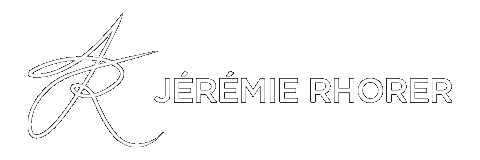Jérémie Rhorer, conductor
Johannes Brahms, Symphony No. 1 in C minor, Op 68
“In residence for the third year at the Grand Théâtre de Provence, Le Cercle de l’Harmonie has risen to the highest level of period instrument ensembles since its creation in 2005.”
“Noted for “his whirling energy that makes the orchestra crackle with response and sparkle” (Le Figaro), Jérémie Rhorer takes us body and soul into German Romanticism, between Brahms and Bruckner.
Sometimes called “Beethoven’s Tenth” because of its proximity to the Viennese master, Brahms’ Symphony No. 1 aroused enthusiasm from the start with its thematic richness and the energetic or poetic will emanating from its four movements. Completed the same year, Bruckner’s Symphony No. 2 features striking orchestral effects coupled with magnificent solos, such as the horn at the end of the slow movement.
In the early 1870s, Johannes Brahms complained to the conductor Hermann Levi: “I will never compose a symphony! You have no idea what it is like for us to have such a giant (Beethoven) hanging over us. Like all composers of his generation, Brahms saw Beethoven’s symphony as an edifice that could not be surpassed. This is illustrated in particular by the considerable amount of time he devoted to the creation of his Symphony No. 1 in C minor, which spans from the first sketches in 1862 to its premiere on November 4, 1876.
In the same year, Anton Bruckner had submitted his Symphony No. 2, also in C minor, for a first revision, whose bold tonal language was denounced as “high treason, indignation and tyrannicide” by Brahms follower Max Kalbeck. This tightened version, prior to the major revision phase that followed, was performed only once during Bruckner’s lifetime, on February 20, 1876. Conducted by Jérémie Rhorer, Le Cercle de l’Harmonie, playing on period instruments, brings to life the attempts of both composers to emerge from the overwhelming shadow of the “giant” Beethoven.”
